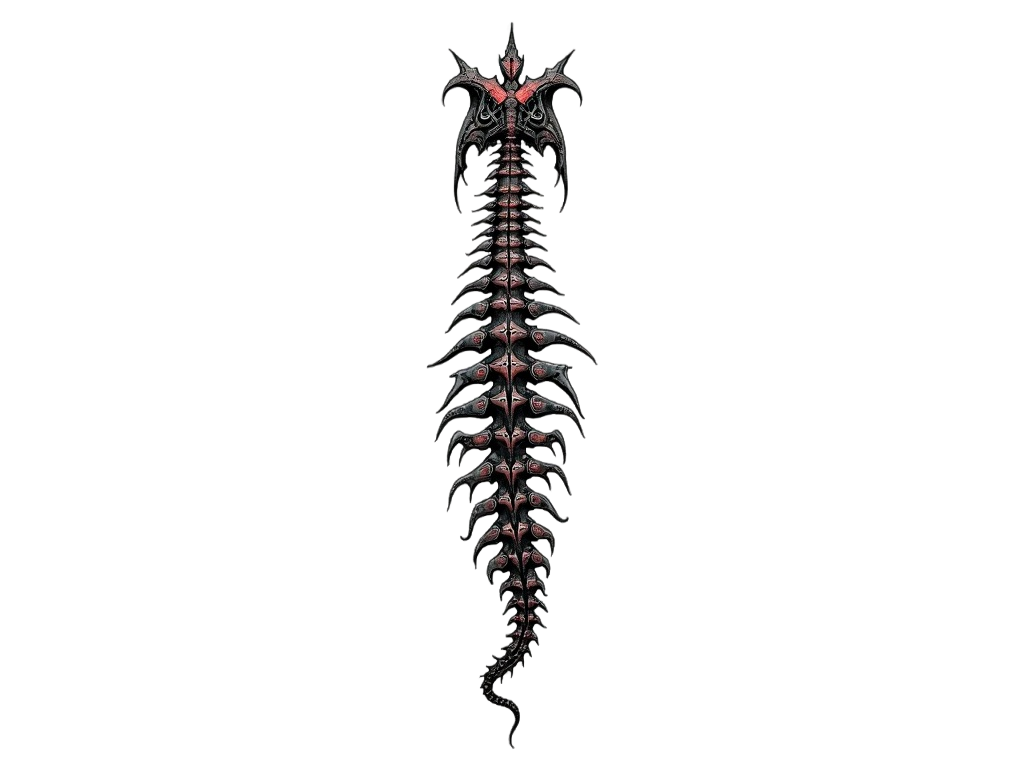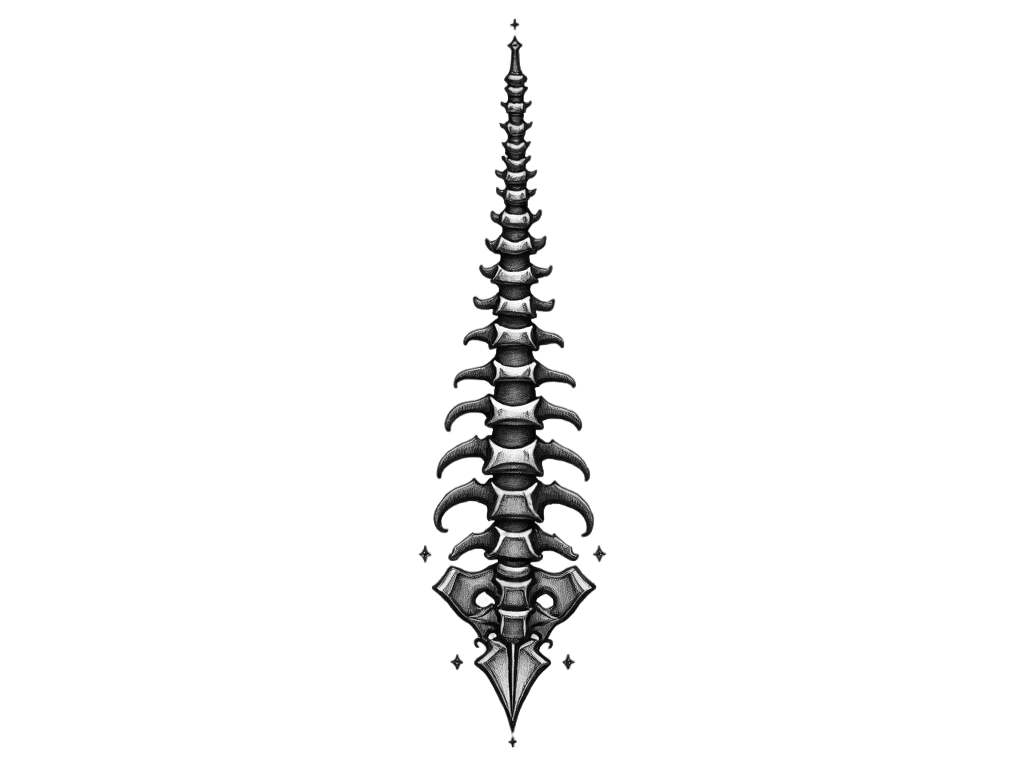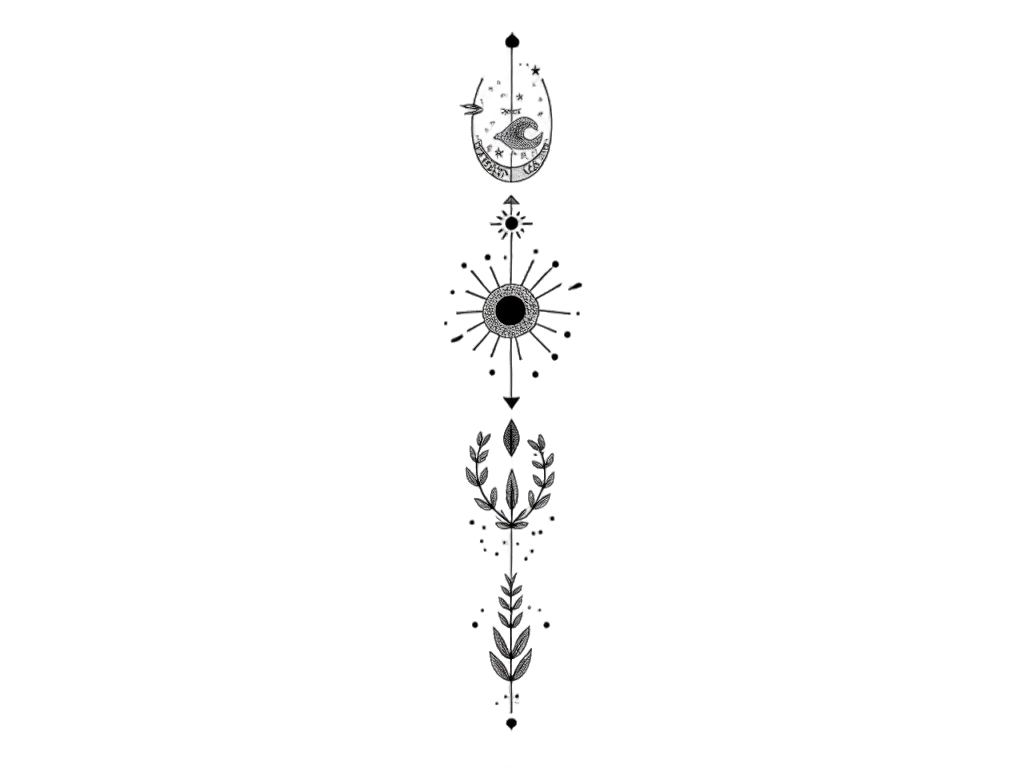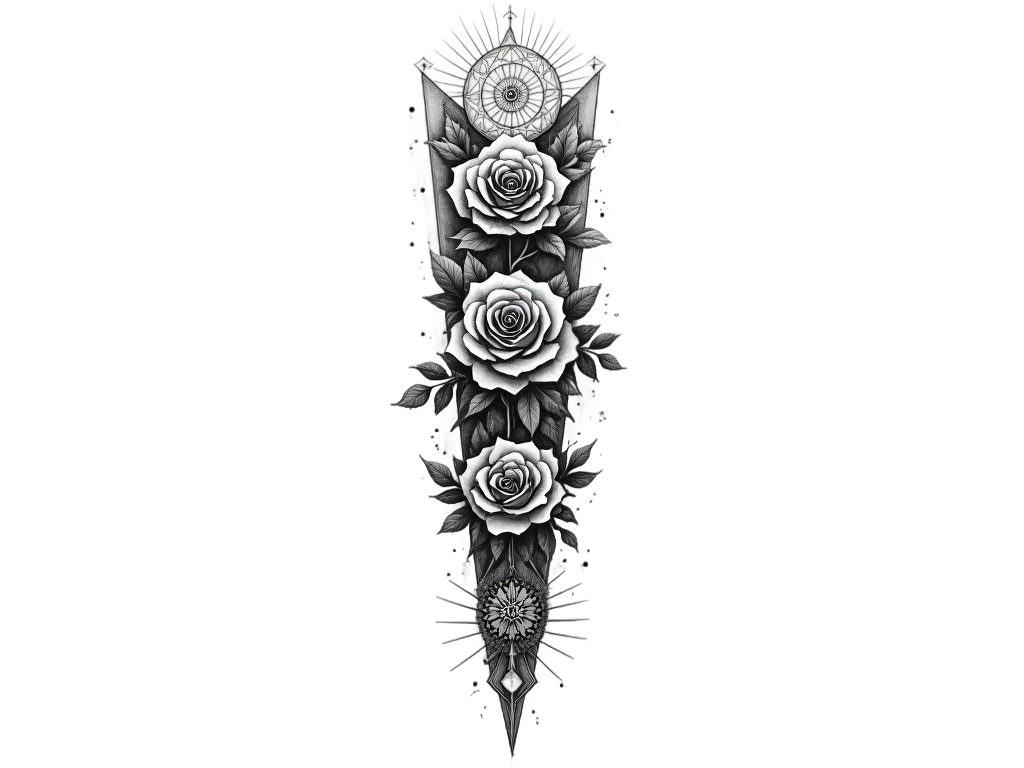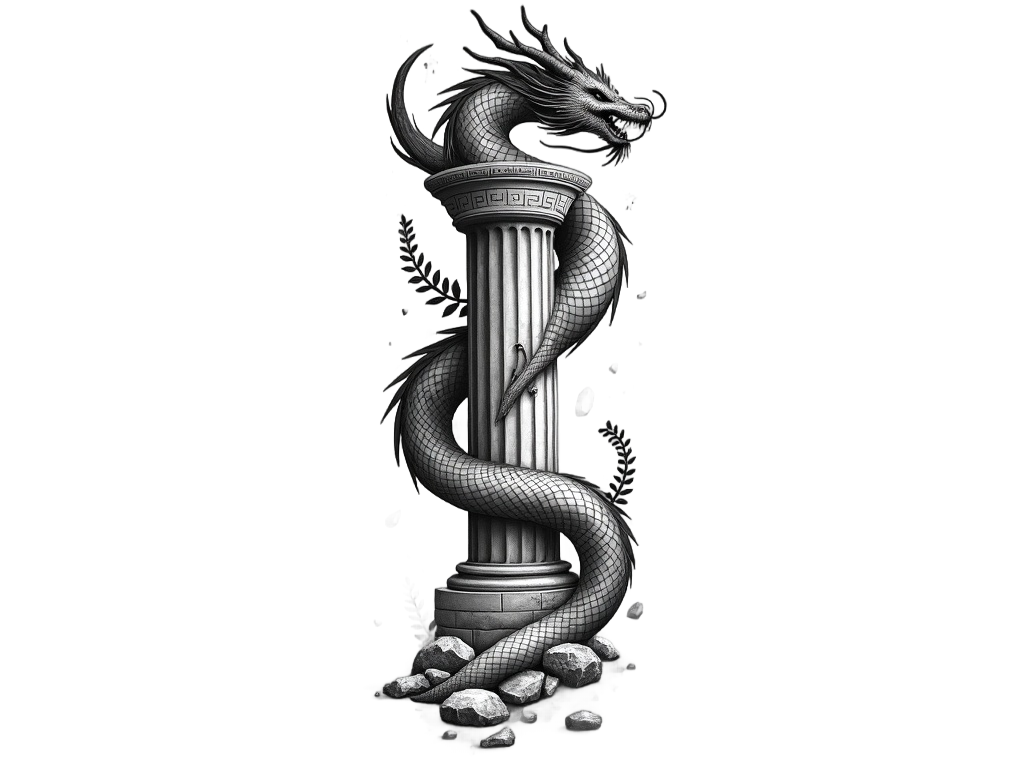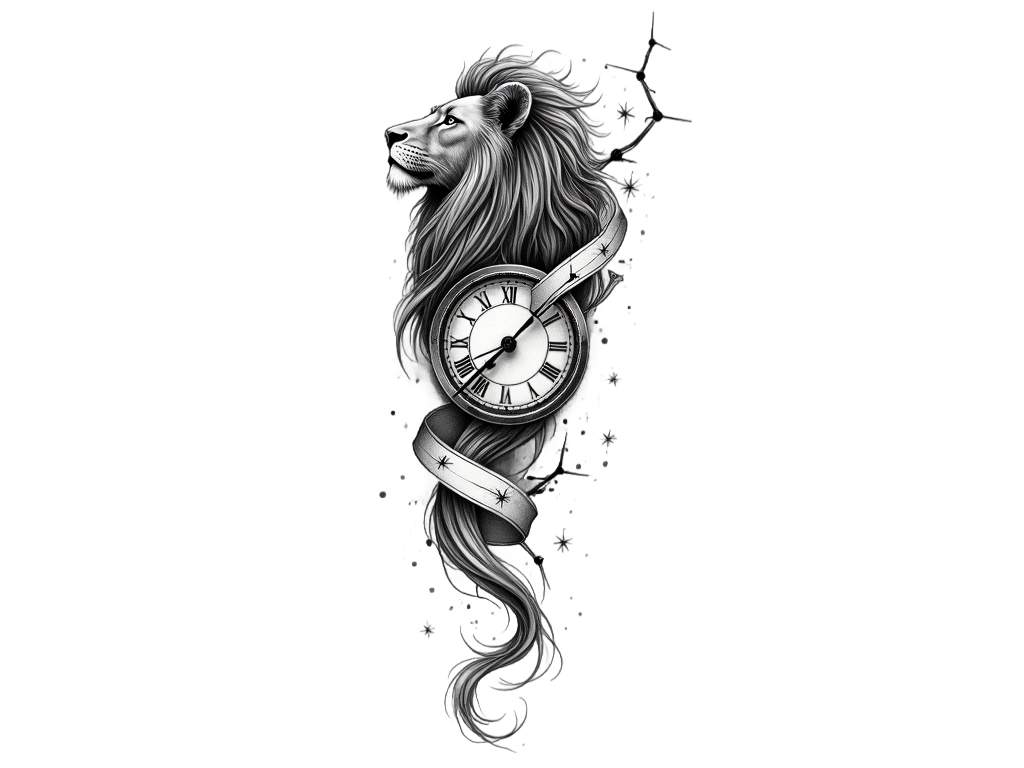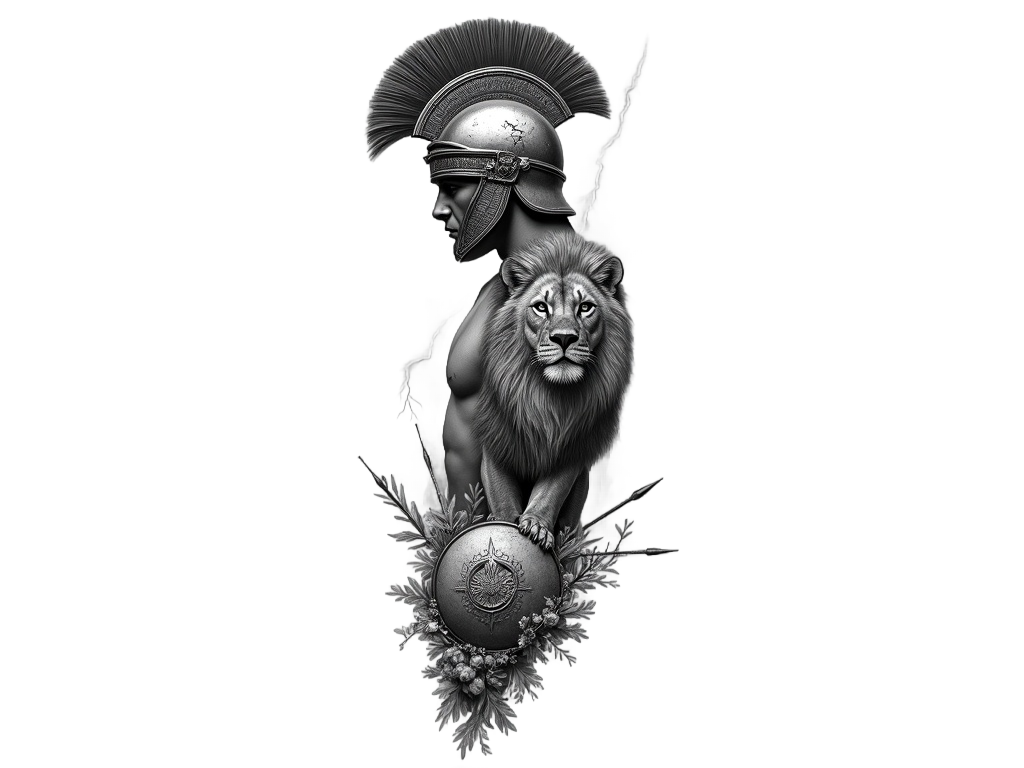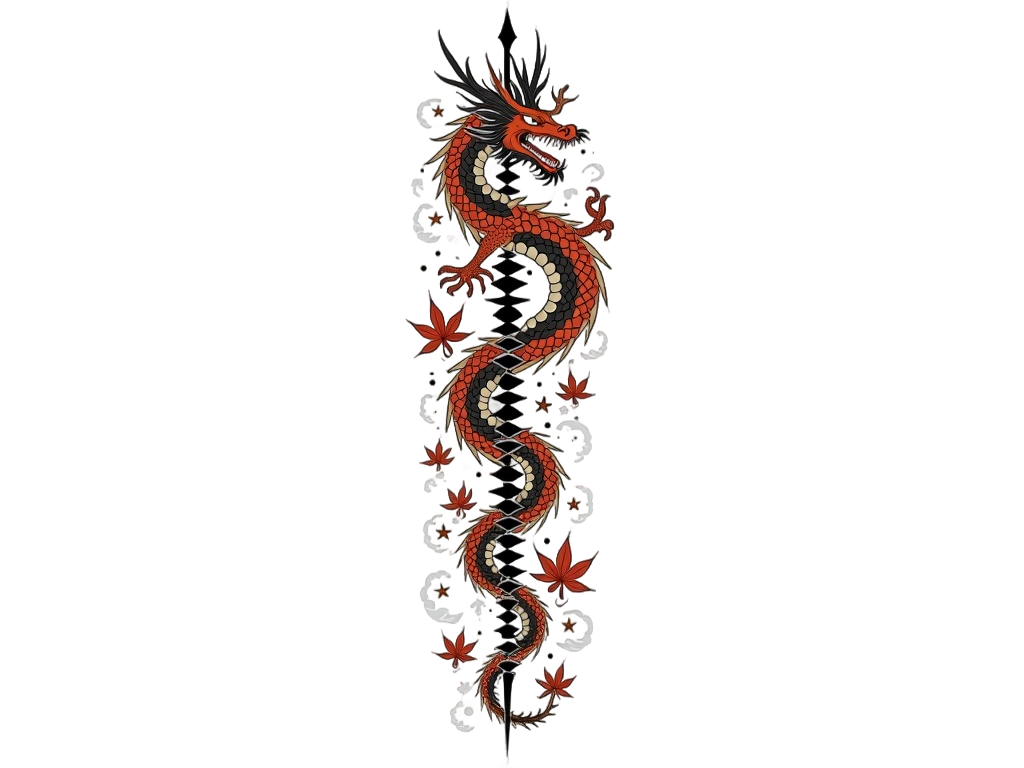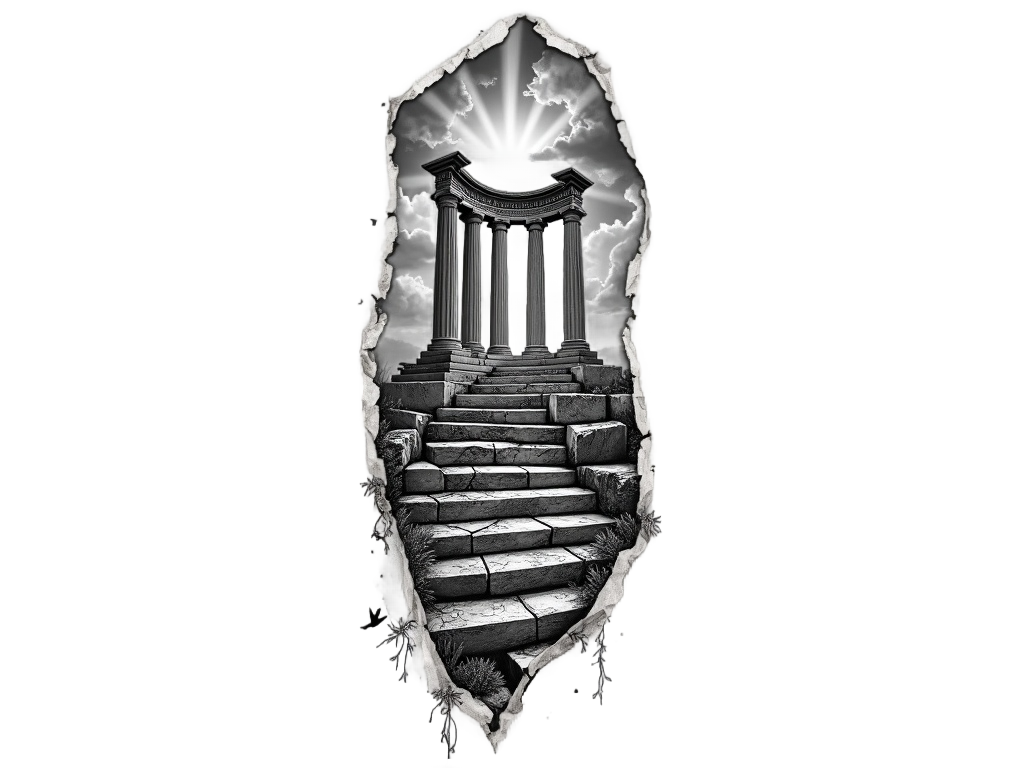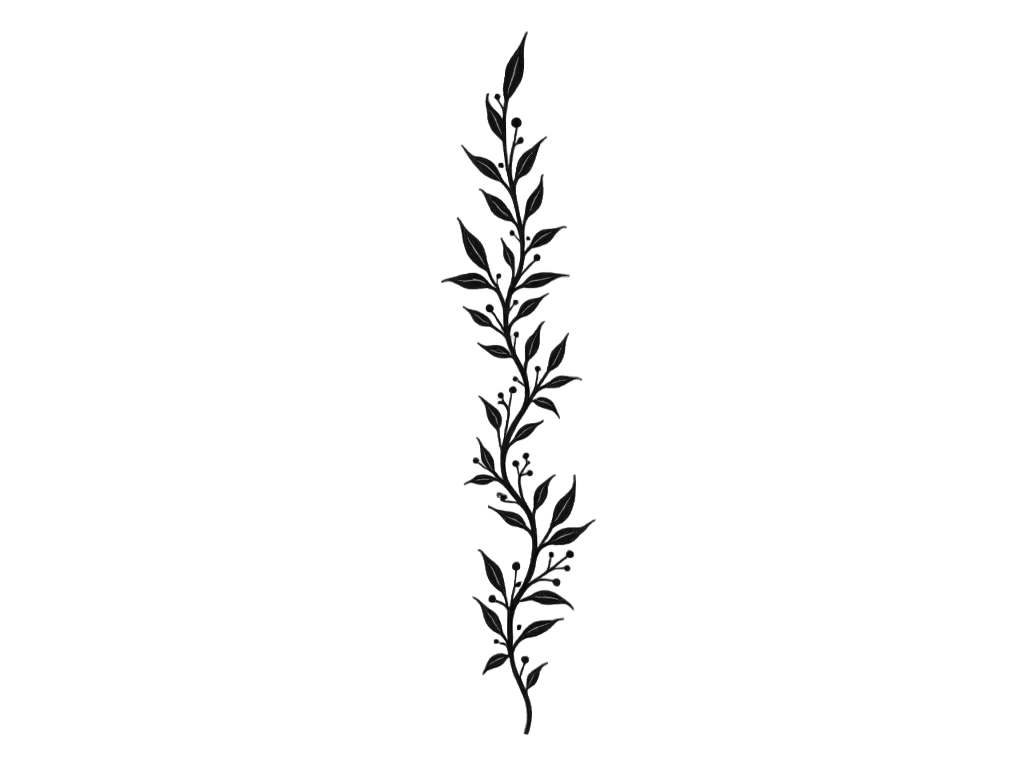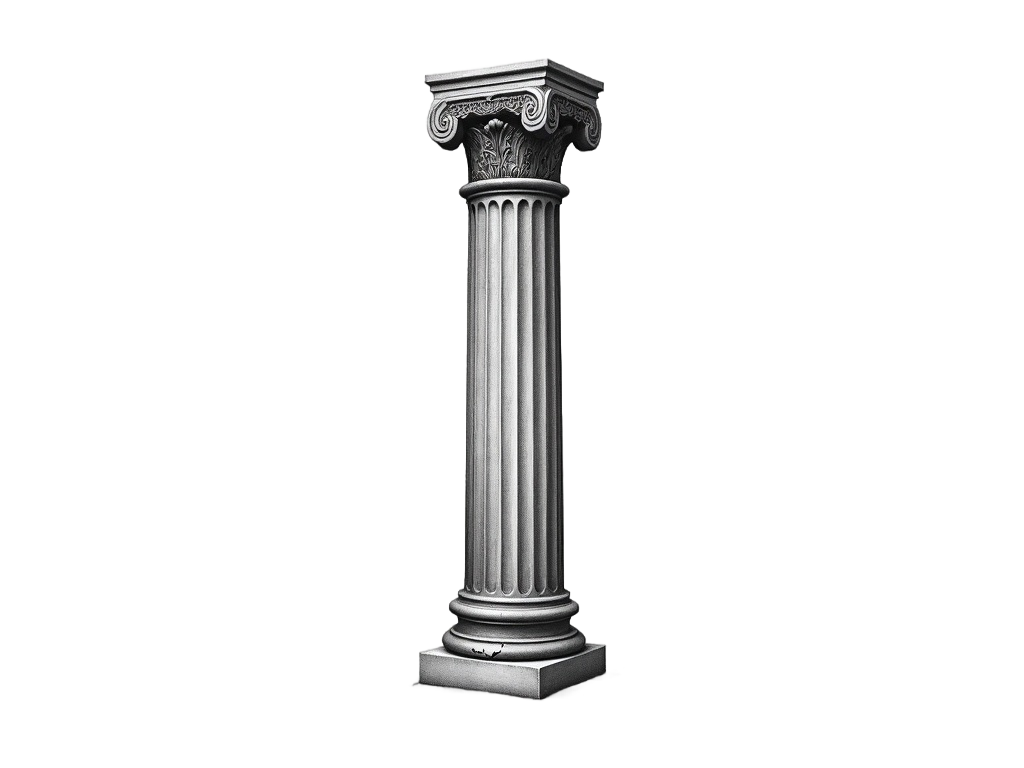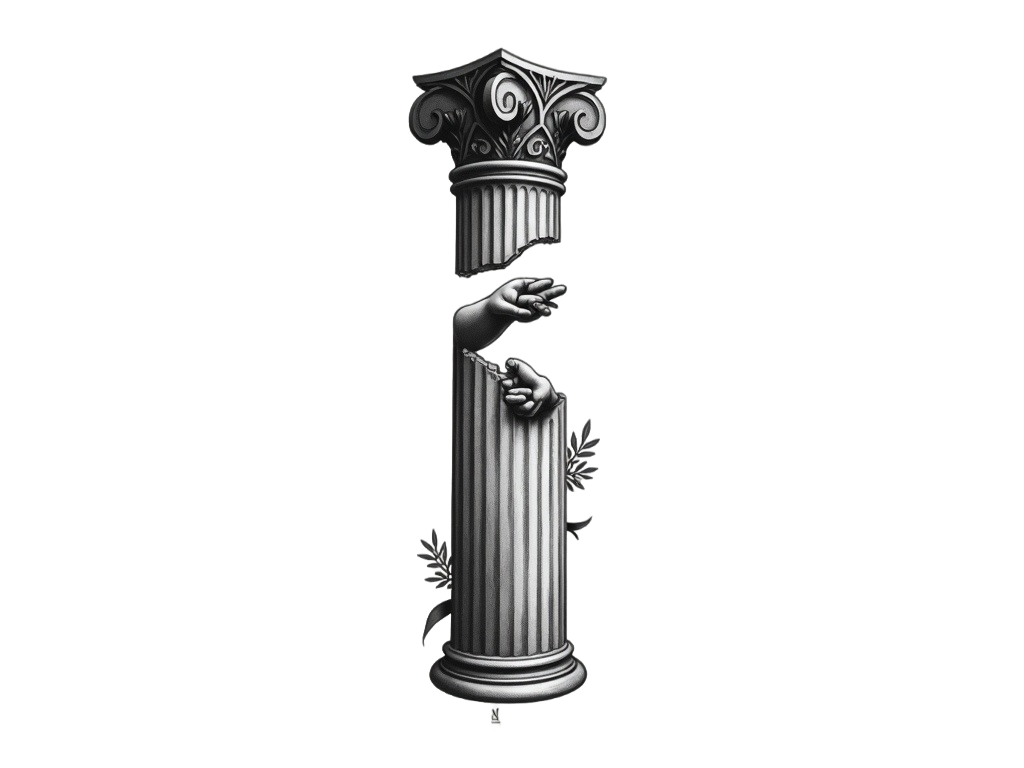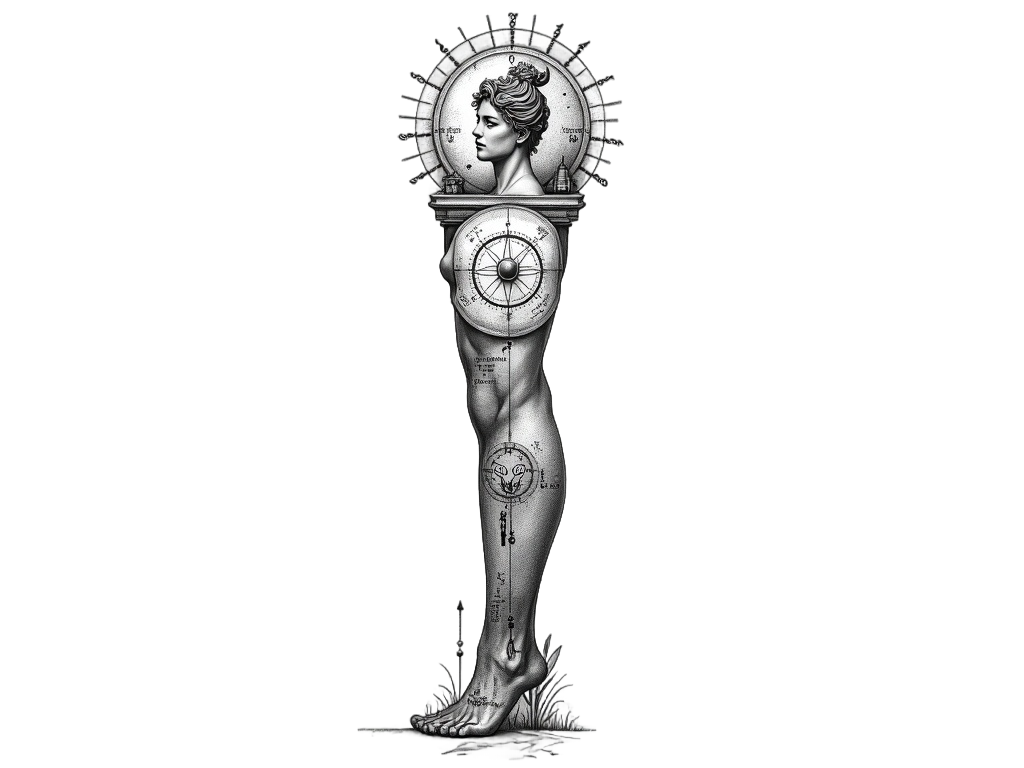Column Tattoo Ideas, Designs and Meaning
Meaning of Column Tattoos
- Column tattoos often symbolize strength, stability, and support, drawing inspiration from architectural columns that hold up structures.
- They can represent a foundation or pillar in one's life, such as family, values, or personal beliefs.
- Historically, columns have been significant in ancient civilizations like Greece and Rome, symbolizing power and endurance.
- In cultural contexts, columns may be associated with classical art and architecture, reflecting a sense of timeless beauty and elegance.
- These tattoos can be designed in various styles, including realistic, minimalist, or abstract, depending on personal preference.
- Column tattoos are versatile and can be placed on different body parts, commonly on the arm or leg to mimic the vertical nature of a column.
- They are popular among both men and women, appealing to those who appreciate classical art or seek a tattoo with a deeper symbolic meaning.
- Some individuals may choose to incorporate additional elements, such as vines or flowers, to personalize the tattoo and add layers of meaning.
2,066 Tattoo Ideas


Discover 29 Tattoo and Chakra Tattoo Ideas | greek column tattoo minimalist, edgy dragonfly tattoo, forearm tattoo women tarot card and more
Selection from Pinterest


Knowledge is power" pillar column tattoo design
Selection from Pinterest
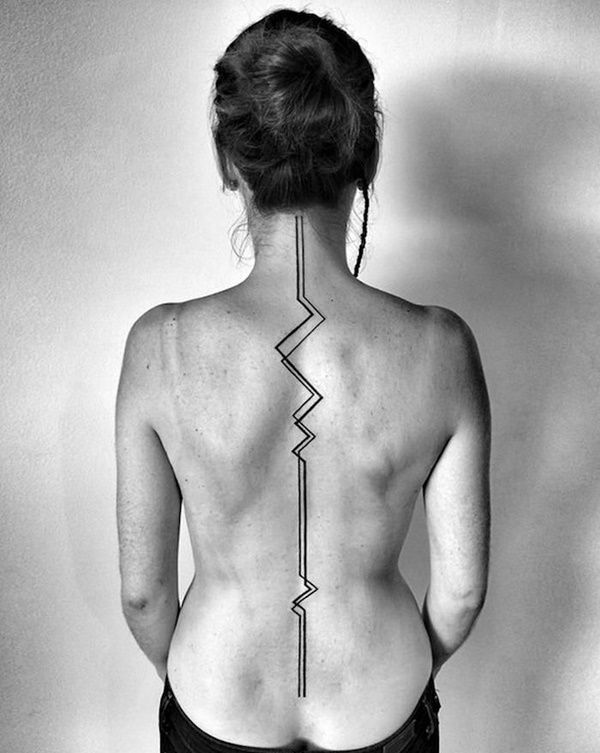

99 Simple Unisex Tattoo Designs Utilizing Linework
Selection from Pinterest
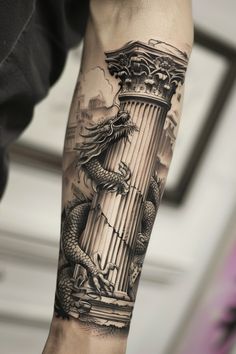

Architectural Column Tattoo
Selection from Pinterest
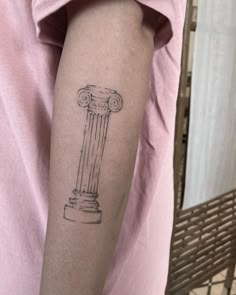

Column Tattoo
Selection from Pinterest
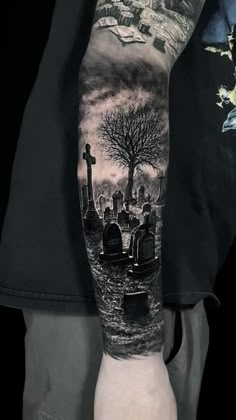

Architectural Column Tattoo
Selection from Pinterest


Discover 29 Tattoo and Chakra Tattoo Ideas | greek column tattoo minimalist, edgy dragonfly tattoo, forearm tattoo women tarot card and more
Selection from Pinterest


greek pillar/column tattoo
Selection from Pinterest
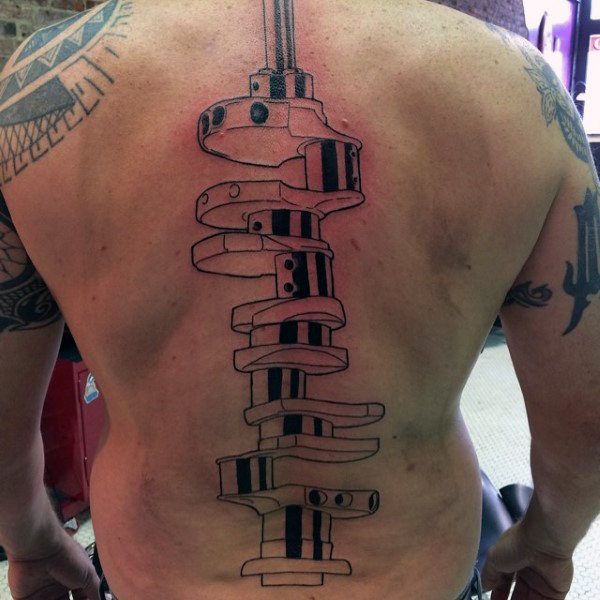

73 Stunning Spine Tattoos for Men
Selection from Pinterest
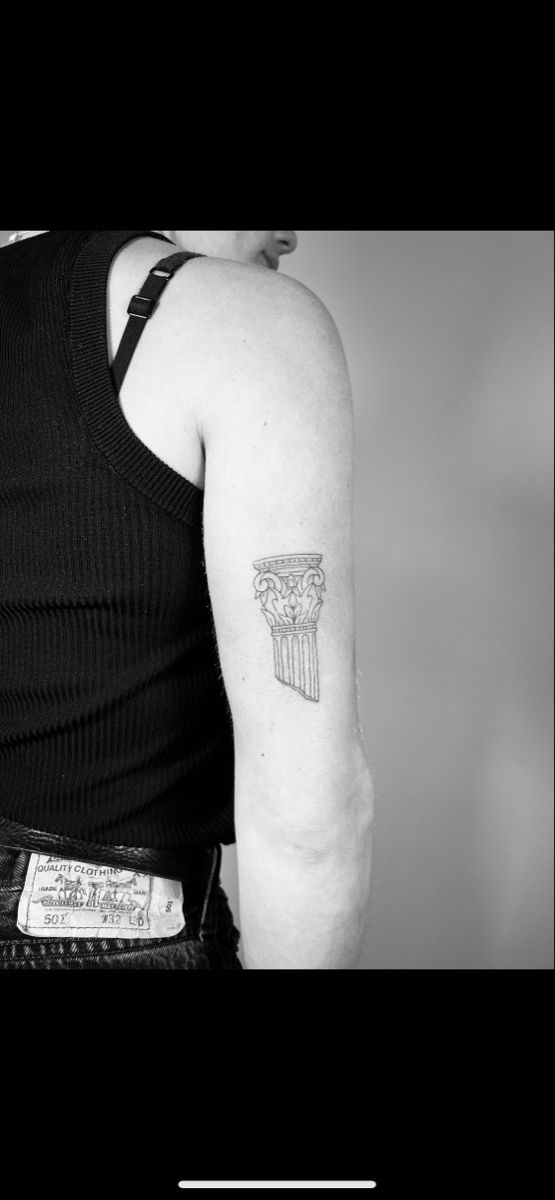

column tattoo
Selection from Pinterest


Scottish Tattoos, Circle, Arrow Tattoo, Spinal Column Tattoo, Tat ... Check more at https://d...
Selection from Pinterest
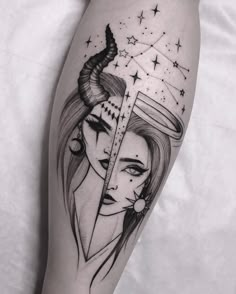

Discover 29 Tattoo and Chakra Tattoo Ideas | greek column tattoo minimalist, edgy dragonfly tattoo, forearm tattoo women tarot card and more
Selection from Pinterest
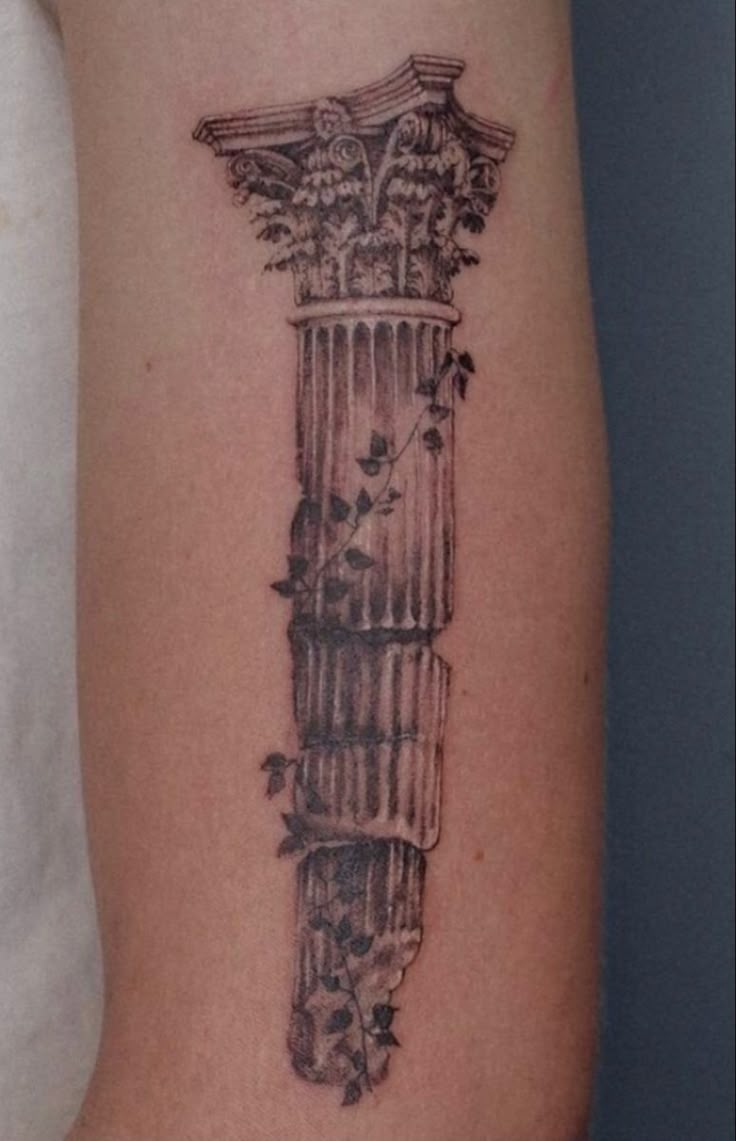

Greek column
Selection from Pinterest
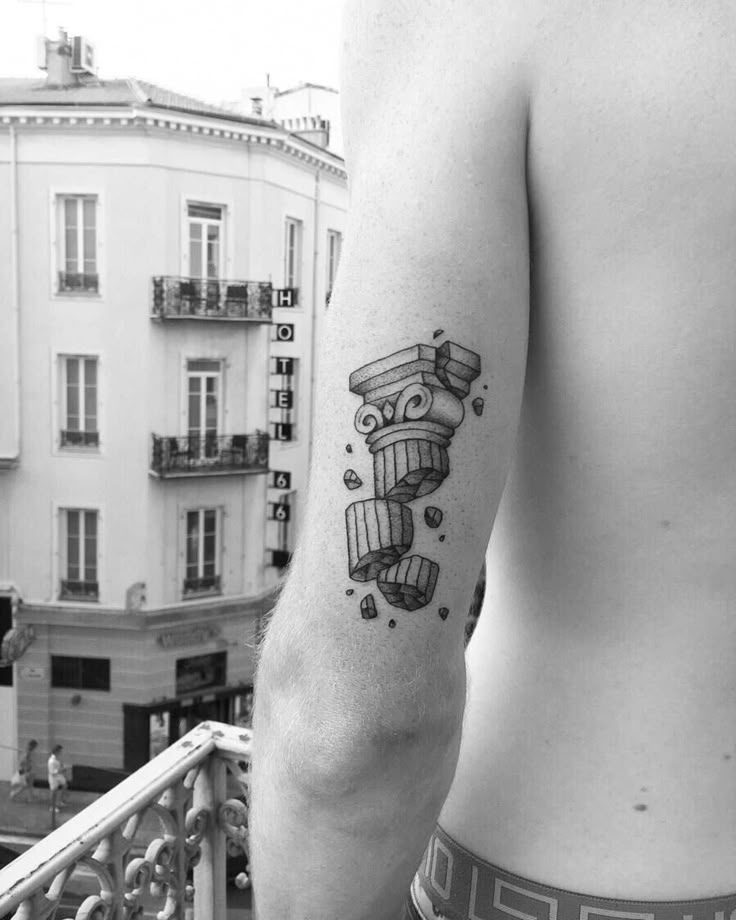

Broken pillar tattoo on the triceps - Tattoogrid.net
Selection from Pinterest
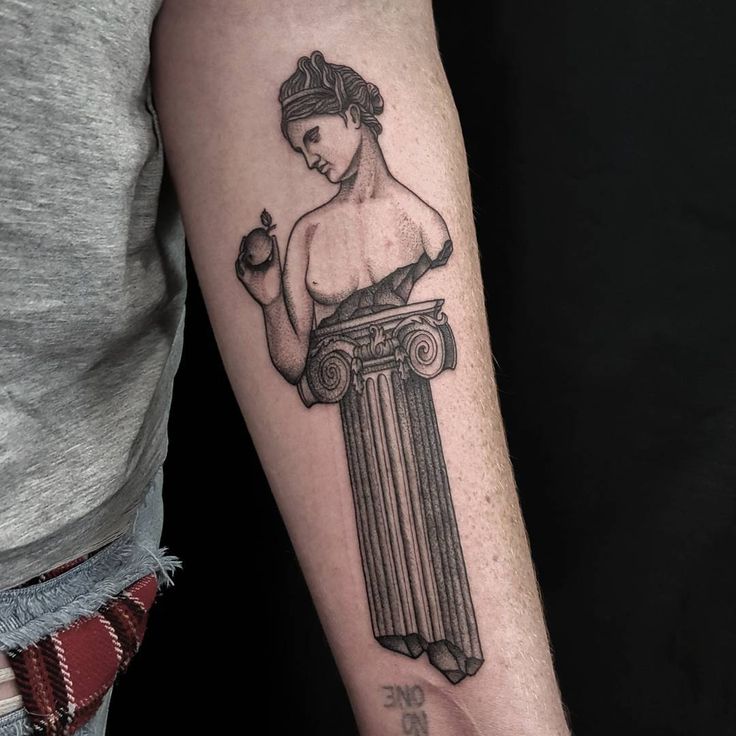

Put on a pedestal. Thanks again Caitlin, always a pleasure
Selection from Pinterest


Roman Bust & Justice Tattoo
Selection from Pinterest


23 Small Spine Tattoos Ideas for Women
Selection from Pinterest


Best 14+ cool spine tattoos you must try this year
Selection from Pinterest


73 Stunning Spine Tattoos for Men
Selection from Pinterest


Tattoos by Robyn Pallotta on Instagram: "Sarah's Greek column with vines for the love of architecture
Selection from Pinterest


Discover 15 column tattoo and greek tattoos ideas | statue tattoo, mythology tattoos, cute tattoos and more
Selection from Pinterest


73 Stunning Spine Tattoos for Men
Selection from Pinterest


9 Greek column ideas to save today | greek tattoos, small tattoos, tattoos for guys and more
Selection from Pinterest
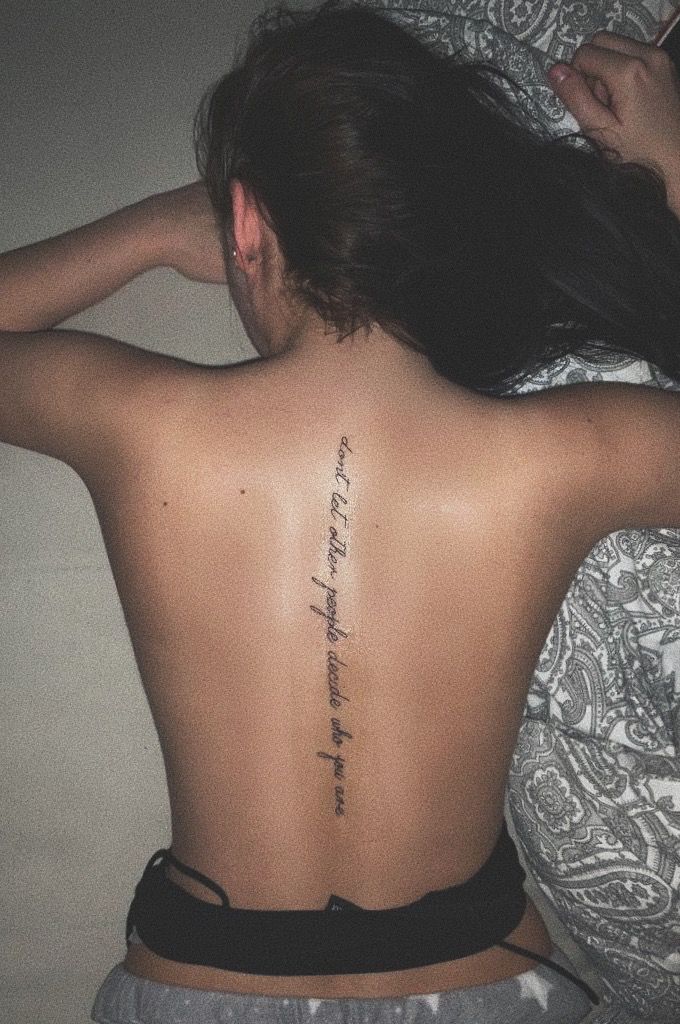

Spine Tattoo
Selection from Pinterest
One App to Store All Your Tattoo Ideas
Store your tattoo ideas in one place and Virtual Try-On them on your body!

Avoid Regrets with 3D Virtual Try-On!
Do a 3D Virtual Try-On to see how your tattoo design looks like on your body before you get it tattooed. Powered by Tatship's AI and 3D technology.



Cultural Considerations and Taboos for Column Tattoos
While column tattoos are generally not associated with significant taboos, it is important to consider cultural sensitivities. In some cultures, columns are closely tied to religious or historical sites, and using them in a tattoo could be seen as disrespectful if not approached with understanding and respect for their significance. Additionally, incorporating specific symbols or motifs from sacred architecture without proper context or appreciation could be considered cultural appropriation.
Popular Tattoo Styles and Variations for Column Tattoos
Column tattoos can be rendered in a variety of styles, each offering a unique aesthetic. Realism is a popular choice, capturing the intricate details of ancient columns with precision. Blackwork or linework styles can emphasize the structural elements of the column, focusing on bold lines and contrast. Neo-traditional styles might incorporate vibrant colors and additional elements like flowers or vines to add personal meaning. Minimalist designs can also be appealing, using simple lines to suggest the form of a column without intricate detail.
Historical Origins and Evolution of Column Tattoos
Columns have a long-standing historical significance, particularly in Western architecture. Originating in ancient Egypt and Mesopotamia, columns were later perfected by the Greeks and Romans, becoming a staple of classical architecture. They were not only functional but also symbolic, representing the ideals of order, beauty, and strength. The use of columns in architecture has persisted through the ages, influencing Renaissance, Baroque, and even modern architectural styles. As a tattoo, a column can serve as a tribute to this rich architectural heritage.


